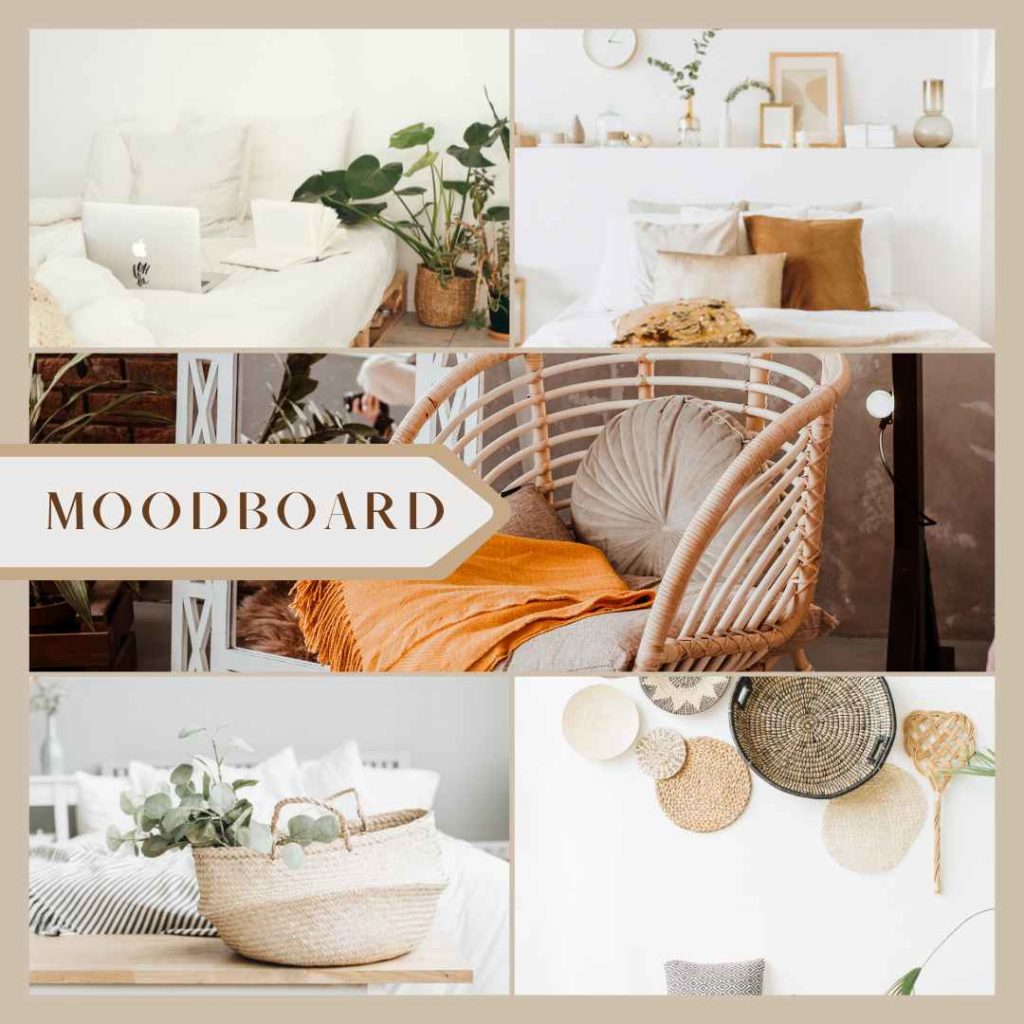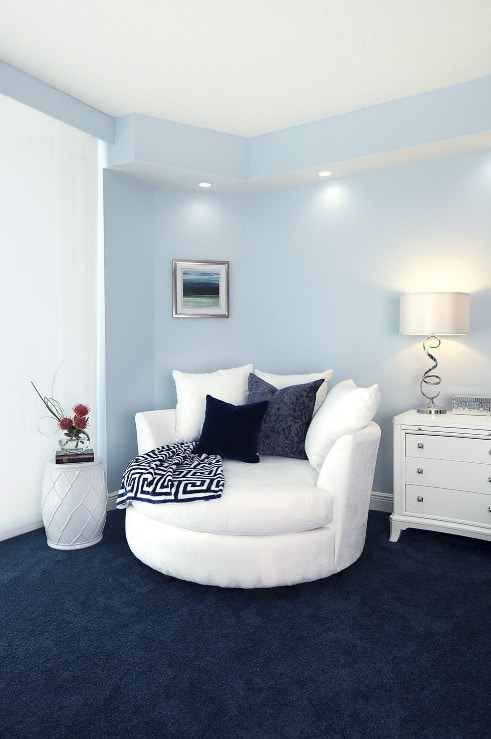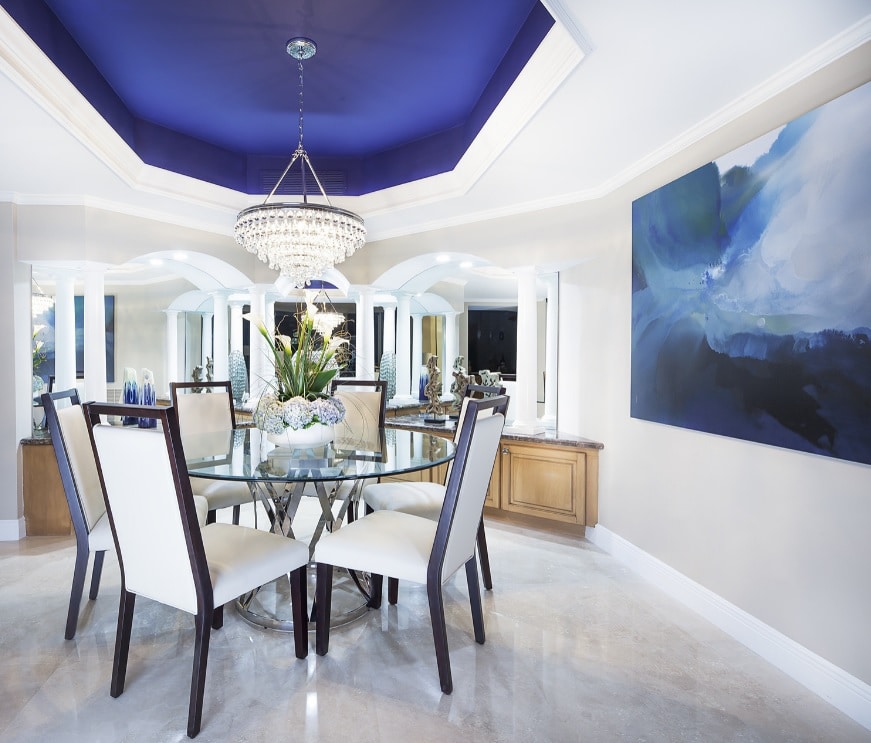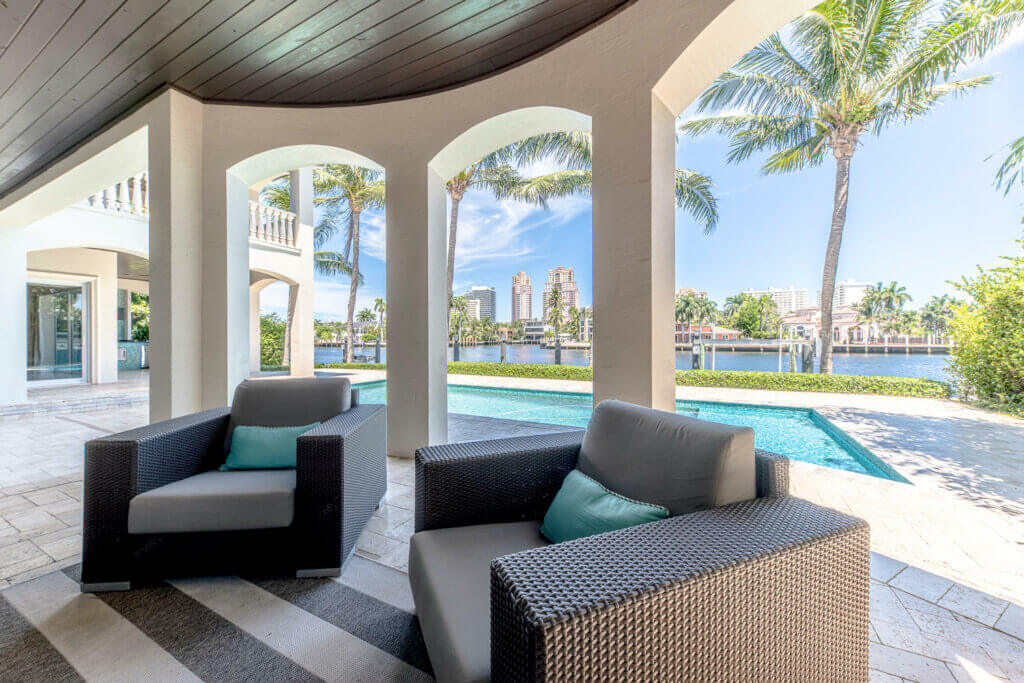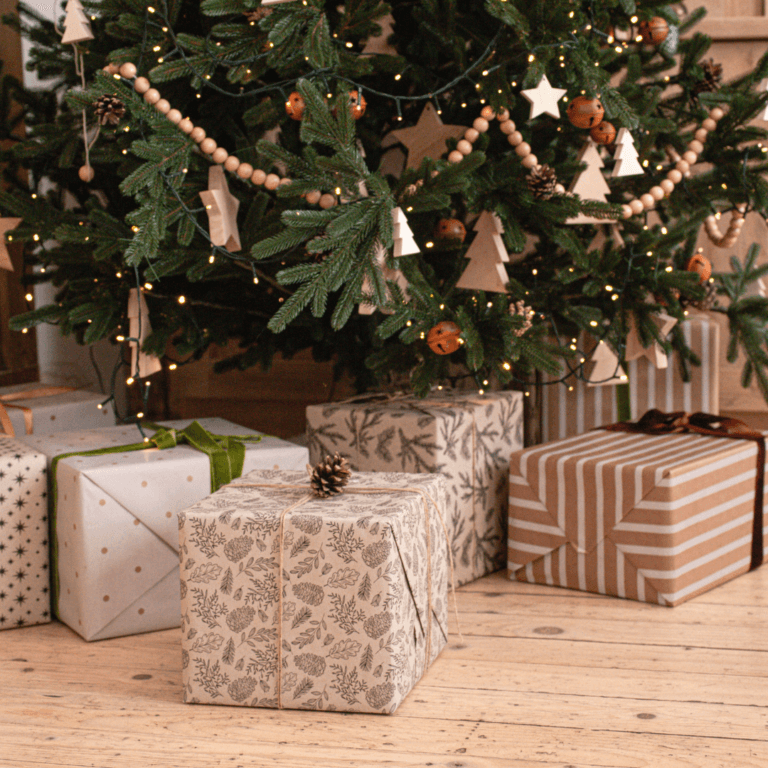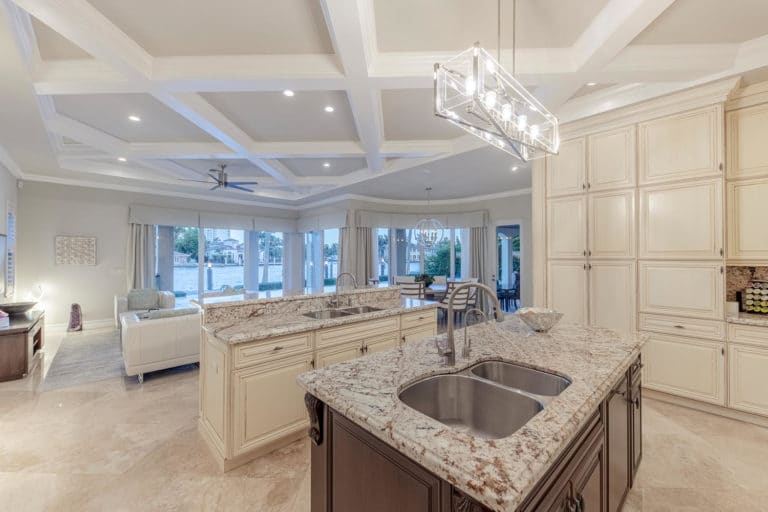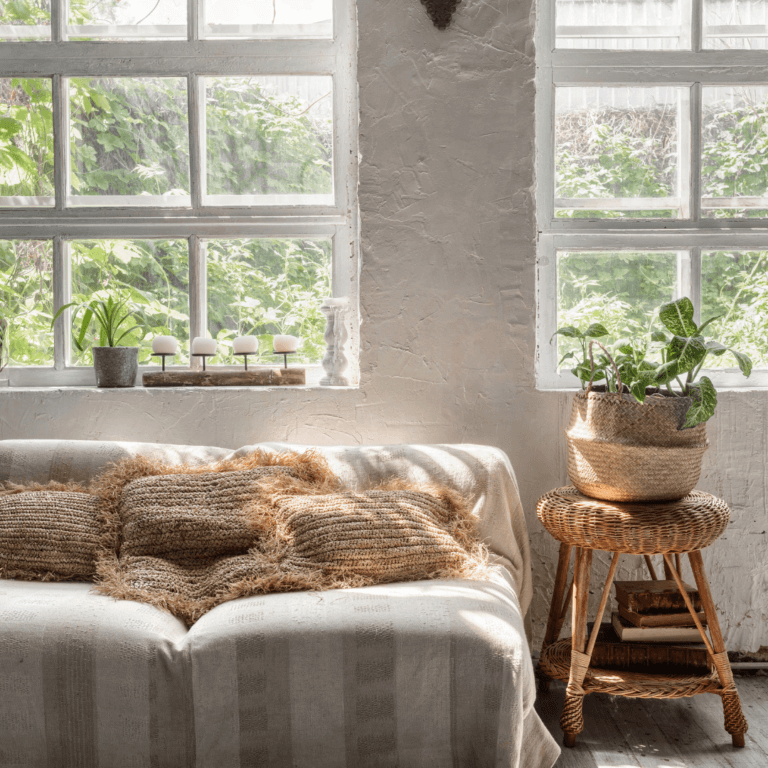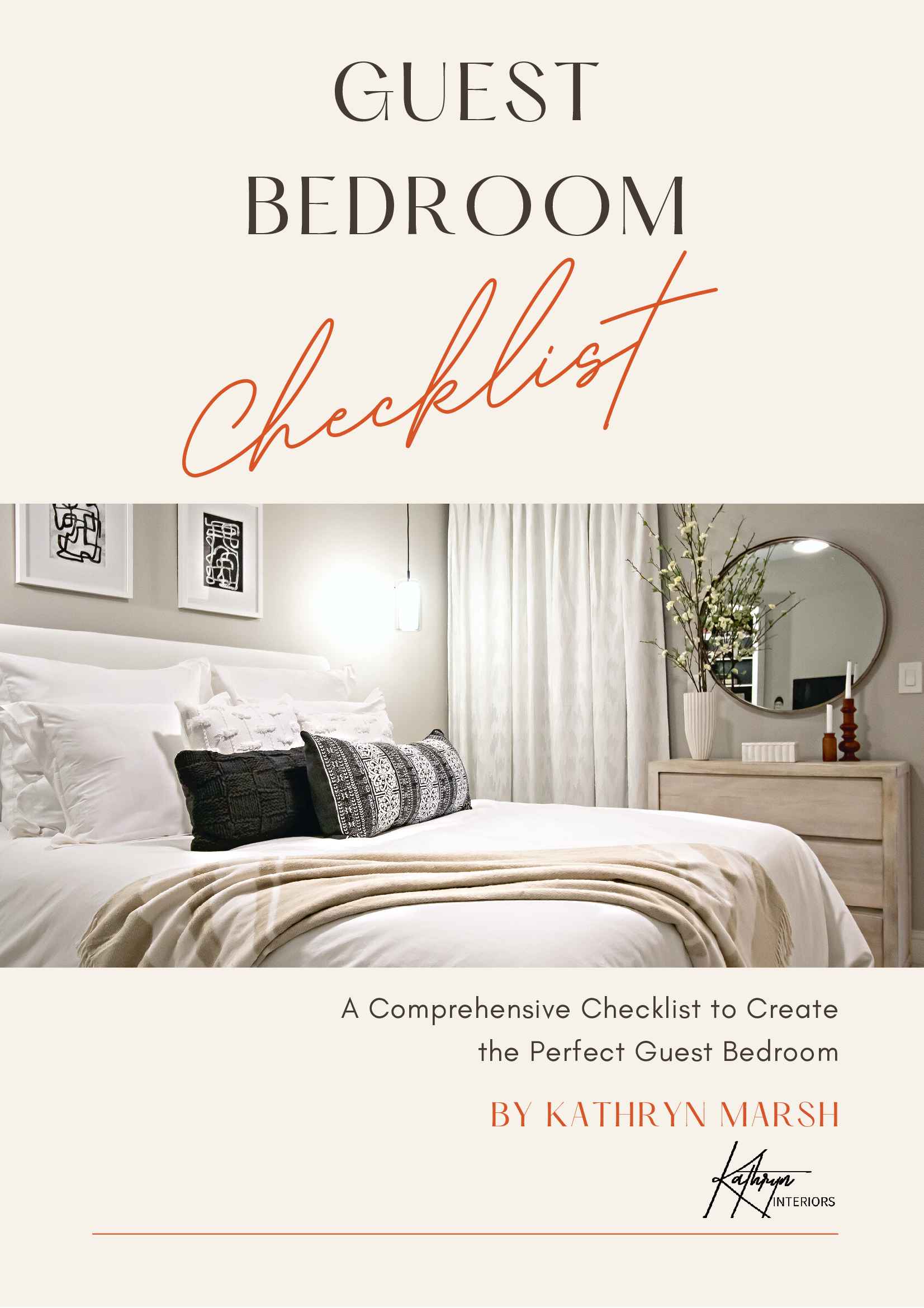If you feel like your home doesn’t reflect who you are anymore, or if you have collected so many things with different styles that they no longer make any sense together, don’t worry – today you will discover your deco style.
There are two main reasons why it’s necessary to figure out your home decorating style.
1) It will help you focus your ideas and not waste money on things that don’t go well together.
2) A home that feels personal is created by knowing your style. With this knowledge, you can hand-pick elements like furniture and décor that highlight your family’s story and personality.
The tasks ahead may not be the most exciting, but they are crucial if you want to achieve your dream home!
TASK ONE: Start by asking yourself what you like
a) Do you prefer modern lines, the warmth of rustic furniture, soft and romantic fabrics? Try to make a list of your likes so that you can have an idea of where to start.
b) Now it’s time for some inspiration! Look through magazines, websites, blogs, and social media – take note of the colors, textures, and patterns that you like the most. Once your list is complete, you can begin to narrow down your style. Maybe you prefer natural materials or industrial decor? Maybe a mix of vintage and modern pieces? Whatever it is, make sure it suits your lifestyle as well!
c) The last step is to create a mood board. You can use Pinterest, or make your own collage on a physical board. This will help you to create a unified look and feel for the space.
By the end of this exercise, you should have identified what works best for you – and then you can begin creating a cohesive home decor style that reflects who you are!
TASK TWO: Examine your home’s current design style
a) Go through each room and decide together what to keep. Extra tip: If you’re not sure what is important, think about how often you use it or how it makes you feel when you look at it.
b) Your belongings can be sorted into these three categories: Beautiful, Useful/Functional, and Sentimental. Extra tip: Things that are beautiful can also be useful or functional. However, sentimental items may not always be the most beautiful or useful, so you need to decide what is most important.
c) Make sure that everything you keep fits within your style guidelines. This means that the pieces you keep should be comfortable, functional, and aesthetically pleasing. Extra tip: Take a step back and look at the overall look of each room – are all the pieces in harmony?
TASK THREE: Keep it or leave it!
You’ve got everything sorted into the three categories, now let’s go through it:
a) CAN’T LIVE WITHOUT IT
In other words, you can’t get rid of that lamp you bought while traveling, nor the heirloom rug or anything else sentimental/useful to you; items you now can’t imagine living without. Extra tip: It’s easy to get sentimental about lots of things and hang on to them long past their usefulness.
b) HIGHLIGHTS MY PERSONALITY IN THE SPACE
By incorporating items that reflect your personal style, you can turn your home into a storybook of sorts. Extra tip: You don’t have to fork over designer prices for furniture or decorative items; stores like Interlude Home or Universal Home offer stylish pieces at an affordable cost.
c) CAN SURVIVE WITHOUT IT
Are you having trouble getting rid of old home decor? If so, read on. These items probably hold sentimental value and were collected over the years, but they don’t match your current style.
Extra tip: Instead of throwing them away, consider donating them to charity or giving them to a family member. This way, you can keep the memories alive without having to actually keep the item in your home. It might cause temporary heartache, but eventually, ridding yourself of deadweight will invigorate you!
d) Go back to “CAN’T LIVE WITHOUT IT”
If you find that you have too many items in this category, go through it again and remove some more. Extra tip: Remember that if you have too much sentimental stuff, the key pieces are less likely to shine, because there will be too many items that will steal the spotlight. Keep only your most treasured items.
This will be the most difficult task, but I promise you, it can be done. You’ll feel great after you’ve finished because your home will now truly reflect who you are and how you want to live.
TASK FOUR: Contemporary or Traditional?
Trying to identify your interior design style can be daunting, but it doesn’t have to be. Of all the design styles, I break them down into two categories: contemporary and traditional. All other styles derive from these two terms.
Contemporary interior design is characterized by clean lines, minimalism, and a focus on function. This style is often seen in lofts and apartments, as it makes the most of small spaces. The main materials used in contemporary design are metal, glass, and concrete, with furniture typically being sleek and streamlined. The color palette is usually neutral, with pops of color being used for accents. Several popular contemporary styles are minimalism, mid-century modern, and japandi.
Traditional interior design is defined by its classic details, luxurious fabrics, and elegant furniture. This style is often seen in older homes, as it encompasses a wide range of design periods (such as Georgian, Victorian, and Edwardian). The main materials used in traditional design are wood and fabric, with furniture typically being ornate and upholstered. The color palette is usually rich and warm, with neutrals and jewel tones being used extensively. Traditional styles include Colonial, Victorian, Neoclassical, modern farmhouse, boho/eclectic, cottage, and coastal.
It’s normal to like a combination of styles, and most people generally prefer a mix of traditional and contemporary design.
Still unsure of what to do next?
If you’re still feeling lost, a professional interior designer will be able to help guide you in the right direction. Plus, if you have saved any images that caught your eye, show them to your designer! They would ask about it anyway, and it saves time.
Conclusion
To sum up, coming to grips with your interior design style is a process that demands time, research, and introspection. Go slowly and trust your gut – you’ll get there in the end!
Don’t worry about having to put a label on your personal style. If it helps you feel better to have an official title such as “contemporary” or whatever, then great! But if not, no big deal. Rather than following the trends, your goal with interior design should be to express yourself in a way that makes you happy. The most important thing is for you to feel confident and have the resources needed so that you can make decisions confidently.
I hope my guide was helpful!
If you want to learn about famous interior design styles, read this article! Thank you for reading.
Let us help you create your personal sanctuary. After all, you deserve the very best.
Kathryn Interiors is a Miami’s Award-Winning, Full-Service Interior Design Studio.

Hi, I'm Kathy!
I am an expert color consultant with over 30 years of experience in interior and fashion design. I help both residential and commercial clients create unique looks for their homes and businesses.
Clients often come to me seeking sharp attention to detail, reliable work, and an excellent sense of design--all of which I pride myself on delivering.

